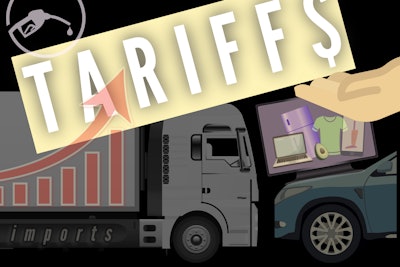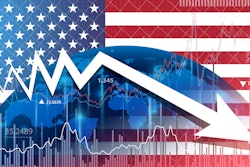
U.S. business leaders are adapting pricing strategies amid evolving trade conditions, with many planning to pass on costs and shift supplier in response to the rapid changes in U.S. tariff strategy, according to a survey released by Zilliant.
“Businesses continue to face difficult decisions about how to manage changing cost structures, but the past five years of disruptions and inflation have helped prepare them for this moment,” says Pascal Yammine, CEO of Zilliant. “While this data outlines the strategic approaches companies are taking to maintain profitability in this volatile environment, it will be crucial for them to be transparent with customers, partners, shareholders and other stakeholders about their decision making and avoid potential backlash.”
Key takeaways:
- 90% of business leaders report macroeconomic factors have impacted their pricing levels over the past 12 months, with 44% describing the impact as “significant” or “severe.”
- Tariffs are increasingly influencing business strategy, with 23% of respondents identifying tariff-related expenses as their primary pricing challenge in 2025, second only to competitive pricing pressures (33%).
- In response to these changes, companies are implementing multiple strategies, with 44% of businesses plan to pass increased costs to customers as a direct result of recent tariff changes; 45% of respondents identified tariff-related expenses—including the tariffs themselves and rising supplier costs—as their primary pricing challenges in 2025; and 42% of companies have shifted suppliers or sourcing regions to respond to tariff changes, indicating a significant reshaping of supply chains.
- The majority (33%) of respondents cited competitive pricing pressures as their primary pricing challenge in 2025. Looking ahead 12-24 months, both “competitive price wars” and “tariff and trade uncertainty” tied as the biggest concerns at 27% each.
- Despite these challenges, 87% of executives remain optimistic about maintaining profitability amid current economic conditions. One potential source of this widespread optimism is the availability of AI solutions – 83% of respondents say they are currently using AI-driven pricing technology to adapt to economic volatility.
- 98% say they have an internal champion who is the final decision maker on how to update their pricing strategy in light of market conditions, although that role varies, where 87% of chief commercial officer respondents said they’re the decision-maker, and 68% of CEOs claimed that responsibility. As far as who they think should be the final decision-maker, the majority (56%) think it should be the CEO.



















